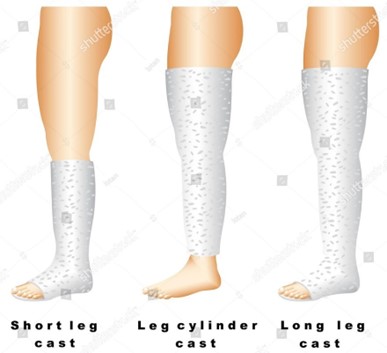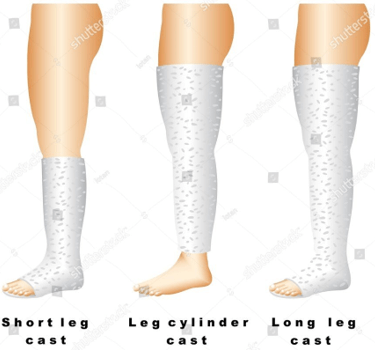A nurse is administering hydromorphone to a client who is experiencing postoperative pain. Which of the following findings is an adverse effect of this medication?
Urinary retention
Dilated pupils
Hypertension
Tachypnea
The Correct Answer is A
Opioid medications can cause urinary retention by inhibiting the normal function of the bladder and reducing the urge to urinate. This can lead to incomplete emptying of the bladder and increased urine retention. Nurses should monitor clients receiving opioids for signs of urinary retention, such as decreased urine output, distended bladder, or discomfort in the lower abdomen.
Opioids generally cause pupil constriction (miosis) rather than dilation (mydriasis). Dilated pupils may indicate other drug use or neurological issues, but they are not a typical adverse effect of hydromorphone.
Hydromorphone is more likely to cause hypotension (low blood pressure) as an adverse effect rather than hypertension (high blood pressure).
Hydromorphone can cause respiratory depression, which is characterized by decreased respiratory rate and depth. Tachypnea (rapid breathing) is not a typical adverse effect of hydromorphone.
Nursing Test Bank
Naxlex Comprehensive Predictor Exams
Related Questions
Correct Answer is C
Explanation
Diminished pulses on the affected extremity. This finding may indicate compromised circulation, which is
a serious complication that requires immediate intervention.
Option a. Ecchymosis on the inner left thigh may be a concerning finding, but it is not as urgent as diminished pulses. Ecchymosis may be a result of trauma during cast application and may resolve on its own.
Option b. One fingerbreadth of space between the cast and the skin is a normal finding and indicates that the cast is not too tight.
Option d. Client report of muscle spasms of the left leg is a common complaint in clients with casts and may
be addressed with medication or other interventions, but it is not as urgent as diminished pulses.

Correct Answer is C
Explanation
c. Diminished pulses on the affected extremity. This finding may indicate compromised circulation, which is
a serious complication that requires immediate intervention.
Option a. Ecchymosis on the inner left thigh may be a concerning finding, but it is not as urgent as diminished pulses. Ecchymosis may be a result of trauma during cast application, and may resolve on its own.
Option b. One fingerbreadth of space between the cast and the skin is a normal finding and indicates that the cast is not too tight.
Option d. Client report of muscle spasms of the left leg is a common complaint in clients with casts and may
be addressed with medication or other interventions, but it is not as urgent as diminished pulses. Therefore, the priority finding in this scenario is c. Diminished pulses on the affected extremity.

Whether you are a student looking to ace your exams or a practicing nurse seeking to enhance your expertise , our nursing education contents will empower you with the confidence and competence to make a difference in the lives of patients and become a respected leader in the healthcare field.
Visit Naxlex, invest in your future and unlock endless possibilities with our unparalleled nursing education contents today
Report Wrong Answer on the Current Question
Do you disagree with the answer? If yes, what is your expected answer? Explain.
Kindly be descriptive with the issue you are facing.
